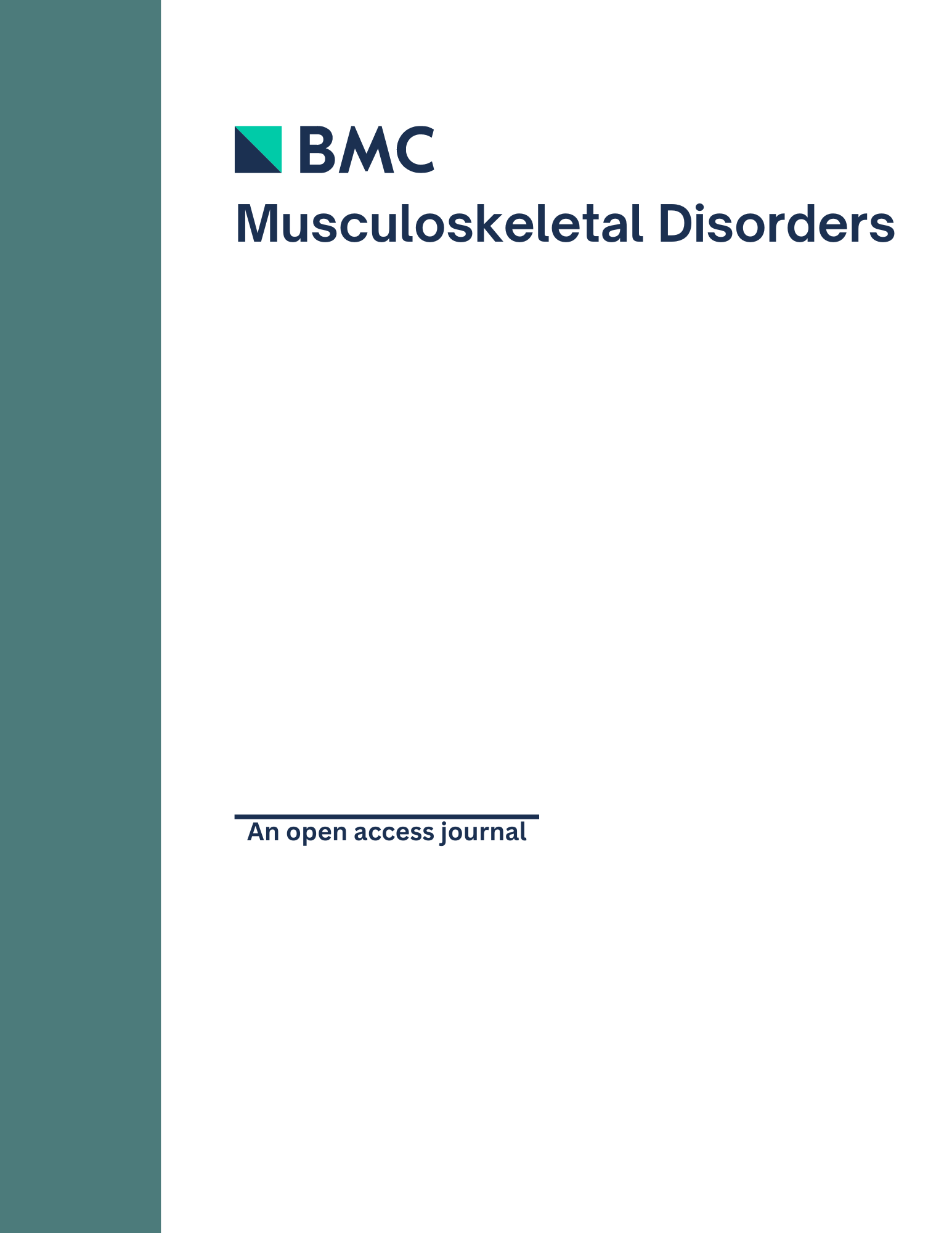
Optimal doses of TENS, EA or LLLT provides short-term pain relief for knee osteoarthritis

Optimal doses of TENS, EA or LLLT provides short-term pain relief for knee osteoarthritis
Short-term efficacy of physical interventions in osteoarthritic knee pain. A systematic review and meta-analysis of randomised placebo-controlled trials
BMC Musculoskelet Disord. 2007 Jun 22;8:51Synopsis
This systematic review with meta-analysis for 36 randomized placebo-controlled trials looked at the efficacy of physical modalities (transcutaneous electrical stimulation - TENS, electro-acupuncture - EA, pulsed electromagnetic fields - PEMF, ultrasound - US, and low level laser treatment - LLLT) in patients with knee osteoarthritis (OA) pain within 1-4 weeks and at follow-up at 1-12 weeks after the treatment. The 36 RCTs identified had 2434 patients with a mean age of 65.1 years (1391 patients received active treatment). Results indicated that the optimal doses of TENS, EA and LLLT appear to offer short-term pain relief for knee OA.
Were the search methods used to find evidence (original research) on the primary question or questions stated?
Was the search for evidence reasonably comprehensive?
Were the criteria used for deciding which studies to include in the overview reported?
Was the bias in the selection of studies avoided?
Were the criteria used for assessing the validity of the included studies reported?
Was the validity of all of the studies referred to in the text assessed with use of appropriate criteria (either in selecting the studies for inclusion or in analyzing the studies that were cited)?
Were the methods used to combine the findings of the relevant studies (to reach a conclusion) reported?
Were the findings of the relevant studies combined appropriately relative to the primary question that the overview addresses?
Were the conclusions made by the author or authors supported by the data and or analysis reported in the overview?
How would you rate the scientific quality of this evidence?
Yes = 1
Uncertain = 0.5
Not Relevant = 0
No = 0
The Reporting Criteria Assessment evaluates the transparency with which authors report the methodological and trial characteristics of the trial within the publication. The assessment is divided into five categories which are presented below.
4/4
Introduction
3/4
Accessing Data
4/4
Analysing Data
3/4
Results
3/4
Discussion
Detsky AS, Naylor CD, O'Rourke K, McGeer AJ, L'Abbé KA. J Clin Epidemiol. 1992;45:255-65
The Fragility Index is a tool that aids in the interpretation of significant findings, providing a measure of strength for a result. The Fragility Index represents the number of consecutive events that need to be added to a dichotomous outcome to make the finding no longer significant. A small number represents a weaker finding and a large number represents a stronger finding.
Why was this study needed now?
The most common type of osteoarthritis (OA) is osteoarthritis of the knee. It is associated with pain and inflammation, loss of function, impaired muscle stabilization and reduced range of motion. There is uncertainty on the efficacy of non-pharmacological physical modalities on knee osteoarthritis pain. This systematic review and meta-analysis was needed to examine the short-term effects of physical modalities on OA pain.
What was the principal research question?
Does the use of physical modalities (transcutaneous electrical stimulation, electro-acupuncture, pulsed electromagnetic fields, ultrasound, low level laser treatment) offer clinically significant short-term pain relief for individuals with knee osteoarthritis?
What were the important findings?
- Clinically relevant pain-relieving effects were seen with the use of transcutaneous electrical nerve stimulation (TENS) (18.8 mm [95% CI: 9.6 to 28.1]) (n=414), electro-acupuncture (EA) (21.9 mm [95%CI: 17.3 to 26.5]) (n=73) and low level laser therapy (LLLT) (17.7 mm [95% CI: 8.1 to 27.3]) (n=343) measured by VAS compared to the placebo.
- When a subgroup analysis of trials was performed with assumed optimal doses, an increase in efficacy was seen. TENS had an increase to 22.2 mm [95%CI: 18.1 to 26.3], LTT had an increase to 24.2 mm [95%CI: 17.3 to 31.3] on VAS.
- A small reduction in pain was seen when pulsed electromagnetic fields were used measured by VAS. (6.9 mm [95%CI: 2.2 to 11.6]) (n=487)
- No statistically significant reduction in short-term pain was seen over the placebo at 4 weeks from the treatments of manual acupuncture, static magnets, and ultrasound therapies (p>0.05).
- There was minimal follow-up data up to 12 weeks, but the outcome effects of TENS, EA, and LLLT seemed to persist for at least 4 weeks after the treatments ended.
- The mean methodological quality scores over all the included trials was 3.8 out of a score of 5 on the Jadad scale.
What should I remember most?
The use of transcutaneous electrical nerve stimulation (TENS), electro-acupuncture (EA), and low level laser therapy (LLLT) at optimum doses in an intensive 2-4 week treatment program appeared to produce clinically relevant short-term pain relief in patients with knee osteoarthritis.
How will this affect the care of my patients?
Patients may find short-term pain relief from knee OA when they undergo a regimen of TENS, EA or LLLT. These physical therapies also appear to be a safe method of pain management for knee OA as no serious adverse events were reported in the RCTs reviewed. Based on this study, MA, PEMF, US and SM can not be recommended due to lack of efficacy on short-term pain relief for knee OA. Further high quality evidence is needed to support these findings.
Learn about our AI Driven
High Impact Search Feature
Our AI driven High Impact metric calculates the impact an article will have by considering both the publishing journal and the content of the article itself. Built using the latest advances in natural language processing, OE High Impact predicts an article’s future number of citations better than impact factor alone.
Continue



 LOGIN
LOGIN

Join the Conversation
Please Login or Join to leave comments.